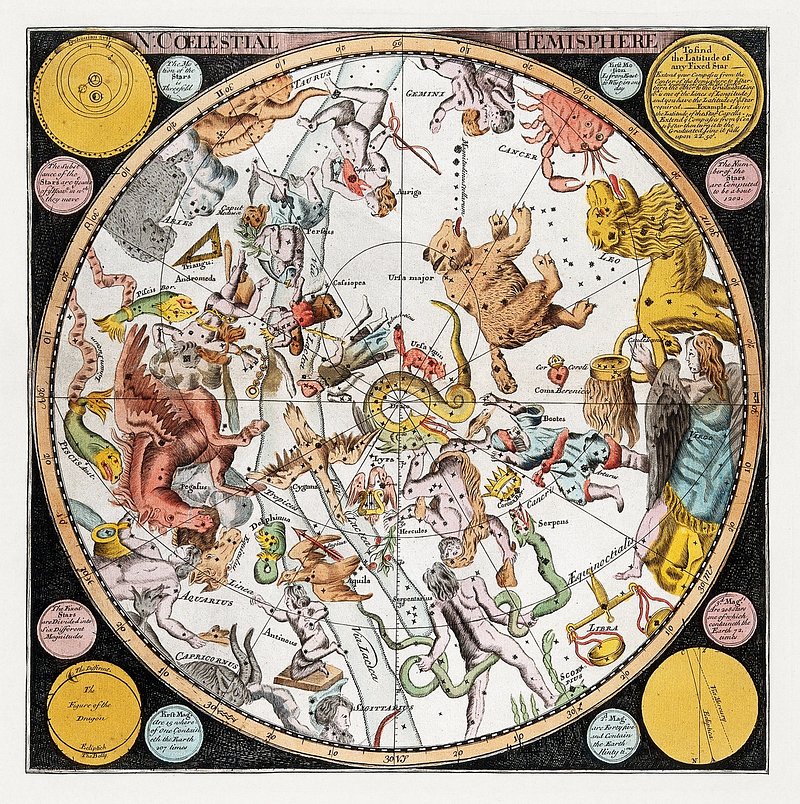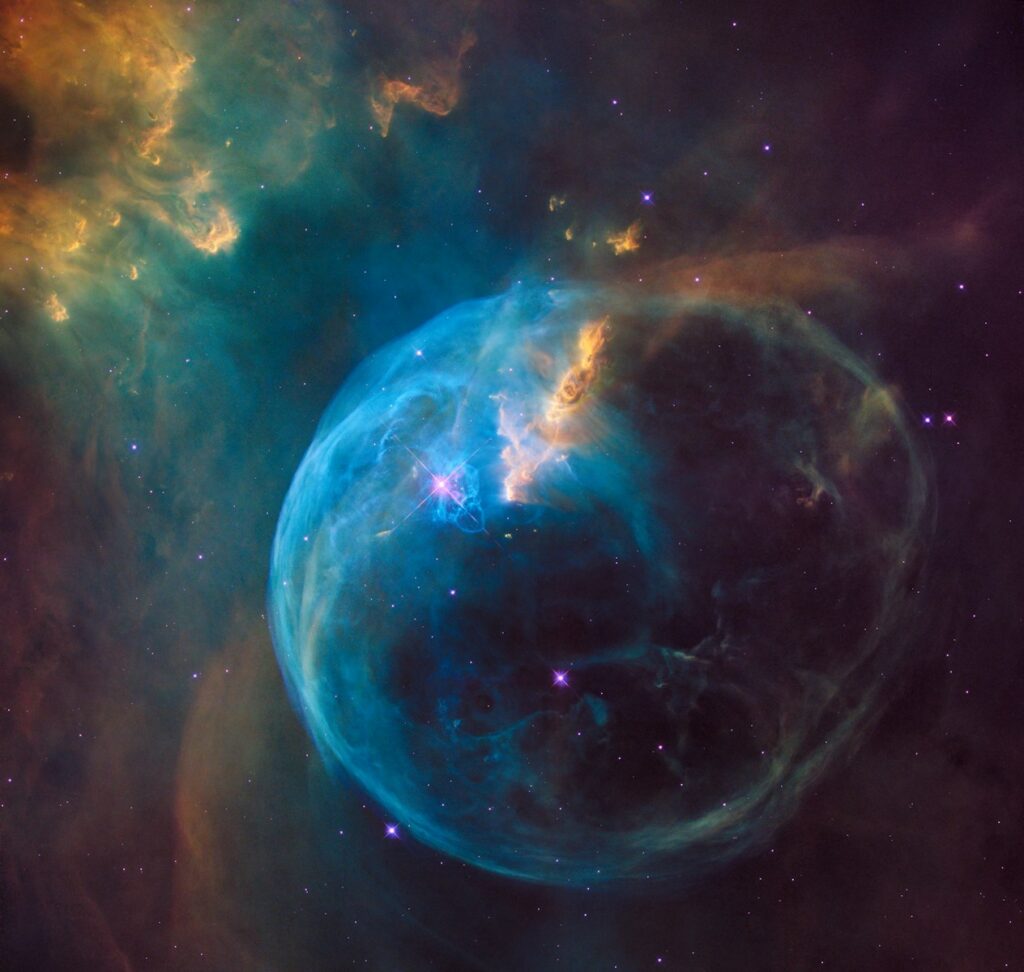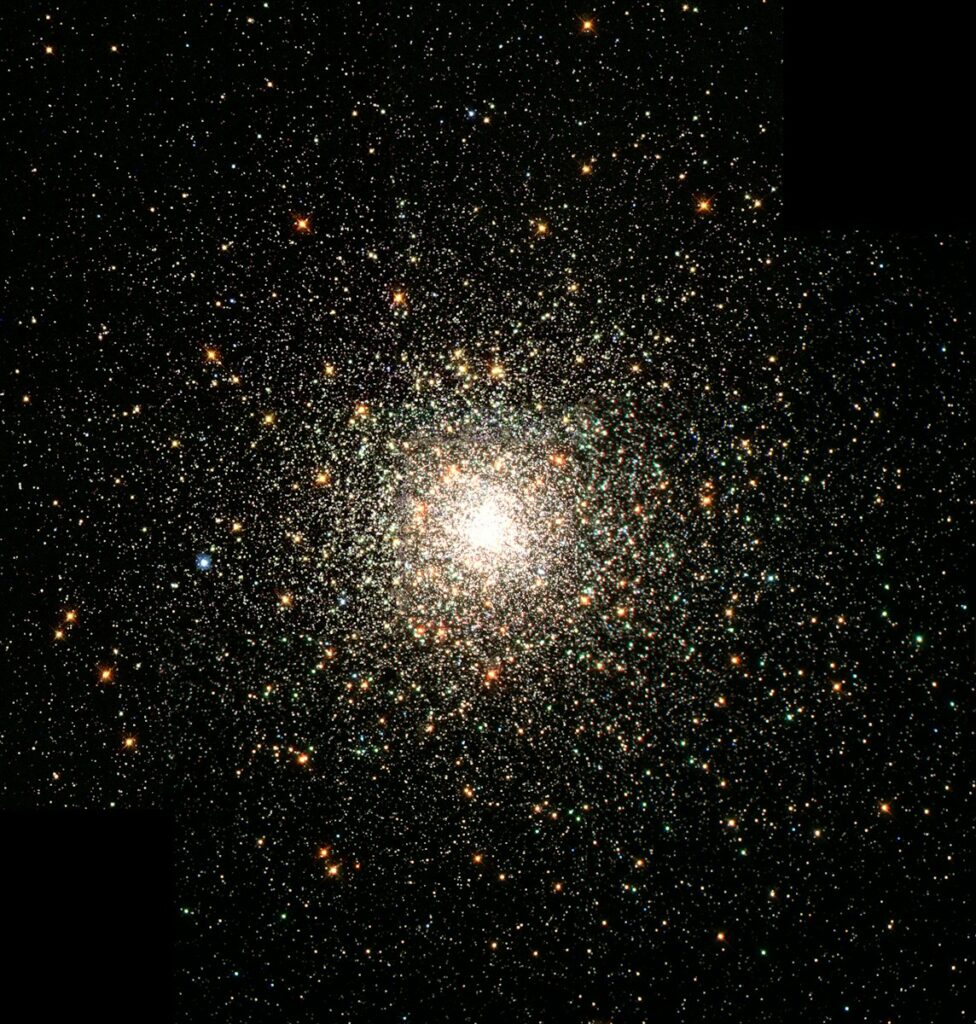Have you ever looked up at the night sky, spotted those countless twinkling lights, and wondered what exactly they are? Well, buckle up, space cadets, because we’re about to embark on a mind-bending journey to unravel the cosmic secrets of stars! These magnificent celestial bodies are not just pretty points of light; they are the powerhouses of our universe, responsible for everything from light and heat to the very elements that make up our world.
Stars are, quite literally, the ultimate showstoppers in the vast theater of space. From their dramatic birth in swirling clouds of gas and dust to their spectacular, sometimes violent, finales, their lives are packed with astonishing processes and transformations. We’re talking about objects so massive and powerful, yet so distant, that they often appear as mere pins of light from our vantage point on Earth. It’s a stellar saga, if you will, and we’re here to give you the inside scoop on these incredible cosmic giants.
So, prepare to have your socks rocked as we dive into the fascinating world of stars. We’ll explore their fundamental nature, peek into their fiery cores, and trace their epic journeys from glowing infants to cosmic elders. Get ready to discover some truly astounding facts about the luminous spheroids of plasma that light up our universe!

1. **What Exactly IS a Star? A Luminous Spheroid of Plasma**Alright, let’s start with the basics. What *is* a star? According to the cosmic experts, a star is fundamentally a “luminous spheroid of plasma held together by self-gravity.” Imagine a giant, glowing ball of super-hot gas, so massive that its own gravity keeps it from flying apart. That’s essentially what we’re talking about! The nearest one to us, our very own Sun, is a prime example of this stellar definition.
While our Sun is undoubtedly important to us here on Earth, it’s just one tiny speck in a universe absolutely brimming with stars. Many, many other stars are visible to the eye at night, painting our skies with their distant sparkle. Their immense distances from us mean they appear as “fixed points of light,” creating the beautiful patterns we’ve come to know as constellations and asterisms. It’s hard to wrap your head around, but there are an estimated “10^22 to 10^24 stars” in the observable universe! That’s a lot of stellar friends out there.
Despite those mind-boggling numbers, only about “4,000 of these stars are visible to the eye” from Earth. And here’s another kicker: all of those visible stars are “within the Milky Way galaxy.” This just goes to show you how truly immense our home galaxy is, let alone the entire universe. Astronomers, being the diligent record-keepers they are, have even assembled comprehensive star catalogues to identify these known stars and give them standardized designations.
The life story of every single one of these stars begins in a surprisingly humble place: with the “gravitational collapse of a gaseous nebula.” These cosmic nurseries are largely made up of hydrogen, helium, and just a tiny sprinkle of heavier elements. What a star eventually becomes, and how its story ends, is largely determined by its “total mass.” It’s all about that initial gravitational squeeze that kicks off its incredible journey.
Read more about: Unpacking the Cosmos: 14 Mind-Blowing Facts About Stars, From Their Fiery Births to Cosmic Demise
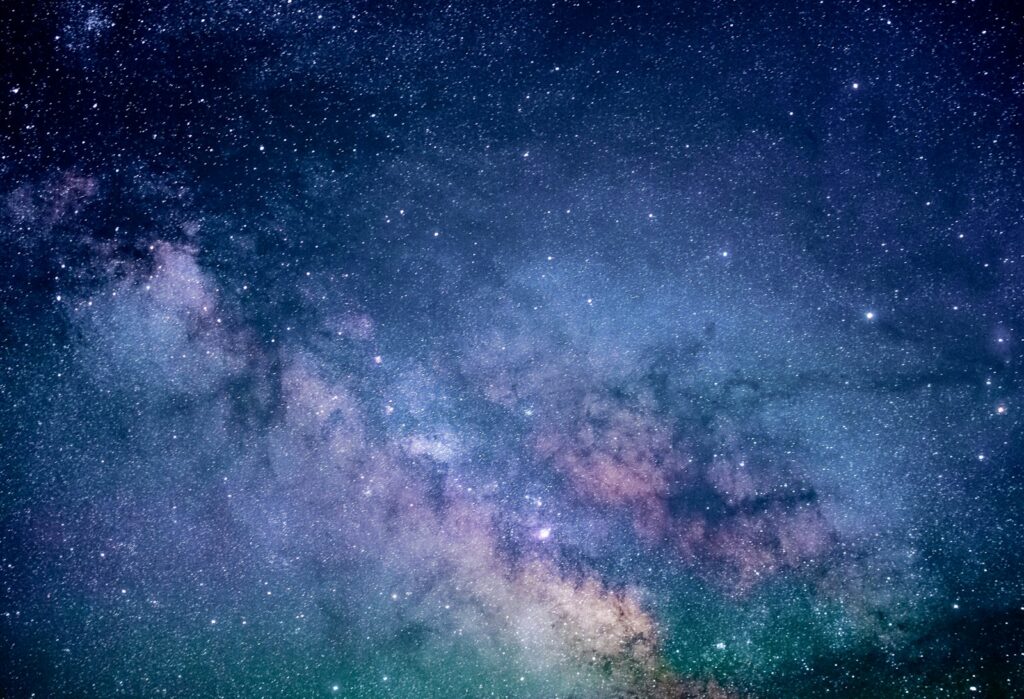
2. **Our Local Star Hero: The Sun’s Role and Characteristics**Speaking of stars, let’s shine a spotlight on our most important one: the Sun! Our Sun isn’t just any old star; it’s classified as a “G-type main-sequence star” and holds the prestigious title of being “the closest to Earth.” It’s the reason we have light, warmth, and ultimately, life on our planet. Without its steady glow, our world would be a very different, much colder place.
For most of its active life, a star like the Sun radiates energy thanks to a process called “thermonuclear fusion” happening deep within its core. Here, hydrogen atoms are furiously smashing together to form helium, releasing an enormous amount of energy in the process. This energy then travels through the Sun’s interior and eventually radiates out into space, reaching us as sunlight. It’s a continuous, incredibly powerful reaction that has been happening for billions of years.
Our Sun has been on the main sequence for about “4.6 billion (4.6×10^9) years” already. And during that time, it’s actually gotten brighter! Experts estimate that the Sun has “increased in luminosity by about 40%” since it first settled into its main sequence phase. So, it’s not a static object; it’s constantly evolving, even if those changes are imperceptibly slow from our human perspective.
But like all good things, the Sun’s main sequence journey won’t last forever. It’s expected to live a total of “10 billion (10^10) years” on this stage. So, we’ve still got a good few billion years left to enjoy its golden rays before it moves on to its next dramatic act. Its continuous life-giving glow is a testament to the power and longevity of main sequence stars.
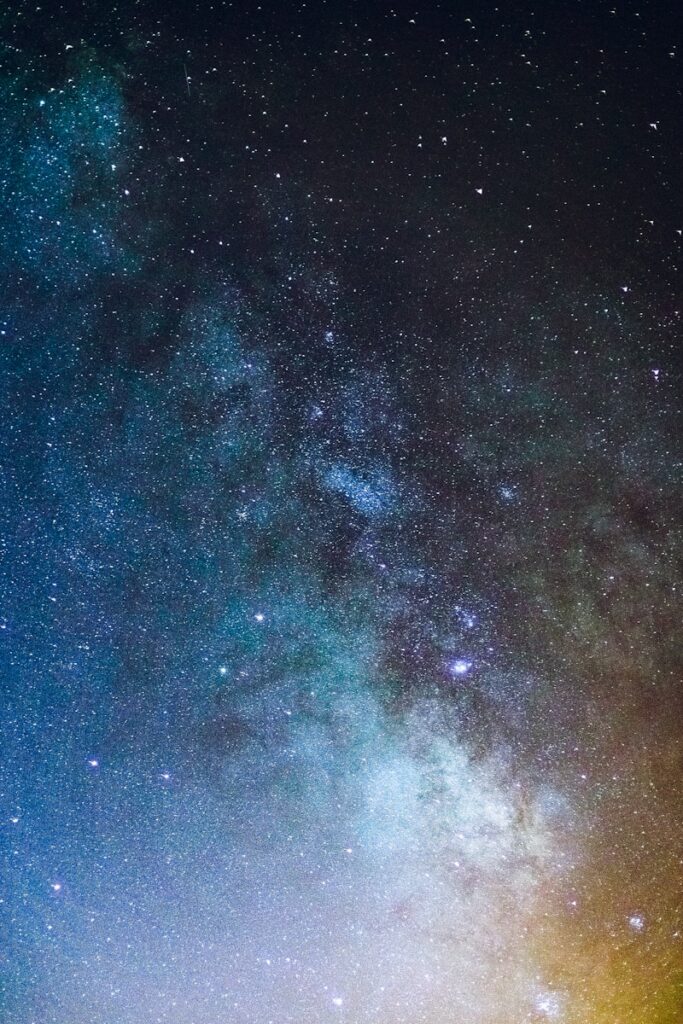
3. **Where Do Stars Come From? The Majestic Journey of Star Formation**Ever wondered how those dazzling lights in the night sky actually come into existence? Well, star formation is truly one of the universe’s most majestic processes, beginning with what sounds like a bit of a cosmic paradox: “gravitational instability within a molecular cloud.” These clouds are vast regions in space, even less dense than a vacuum chamber here on Earth, but still packed with enough material to start something truly spectacular.
These regions, which are mainly composed of “hydrogen, with about 23 to 28 percent helium and a few percent heavier elements,” are the raw ingredients for stars. Sometimes, the trigger for this instability, the spark that ignites stellar birth, comes from external forces. It could be “compression of clouds by radiation from massive stars,” or perhaps “expanding bubbles in the interstellar medium.” Even the “collision of different molecular clouds,” or the much grander “collision of galaxies,” can kickstart this incredible process.
Once a region within one of these molecular clouds reaches a “sufficient density of matter” to meet the criteria for “Jeans instability,” that’s when the magic begins. This is the critical point where the cloud starts to collapse in on itself, no longer able to resist its own internal gravitational pull. It’s a slow, inexorable process that gathers more and more material, like a cosmic snowball rolling downhill.
“Most stars form in groups of dozens to hundreds of thousands of stars.” Imagine a nursery, but instead of babies, it’s filled with hundreds of thousands of infant suns! Massive stars within these newly formed groups can really light things up, powerfully illuminating the surrounding clouds and even “ionizing the hydrogen,” creating what astronomers call H II regions. This feedback, from the star formation itself, can eventually “disrupt the cloud and prevent further star formation,” making way for a new generation of cosmic wonders.
Read more about: You Won’t Believe What Stars Are Really Made Of: 13 Cosmic Secrets Revealed!

4. **Gravitational Collapse: How Molecular Clouds Become Protostars**So, we’ve got a molecular cloud that’s hit its gravitational breaking point. What happens next in this epic saga of star birth? As this vast cloud begins to collapse, the matter within it isn’t uniform. Instead, “individual conglomerations of dense dust and gas form ‘Bok globules’.” These are like cosmic cocoons, each one a potential future star.
As a globule continues its gravitational collapse, a fascinating transformation occurs. The gravitational energy, that invisible force pulling everything inward, “converts into heat.” This means that as the globule shrinks and the density of its material increases, its temperature begins to rise dramatically. It’s like squeezing a gas; the more you compress it, the hotter it gets.
This heating and compression continue until, right at the core of the collapsing cloud, a “protostar forms.” This isn’t yet a full-fledged star, but it’s getting there! At this point, the protostellar cloud has “approximately reached the stable condition of hydrostatic equilibrium.” This means the outward pressure from its increasing heat and density is, for a time, balancing the inward pull of gravity.
These baby stars, or “pre-main-sequence stars” as they’re called, often find themselves surrounded by a “protoplanetary disk.” This disk is a swirling, flattened structure of gas and dust that could eventually give rise to planets – how cool is that? During this phase, the protostar is primarily “powered by the conversion of gravitational energy,” still relying on the infalling material rather than nuclear fusion, which will come later. For a star like our Sun, this gravitational contraction period lasts about “10 million years,” while smaller “red dwarfs” can take up to “100 million years” to get ready for their main performance.
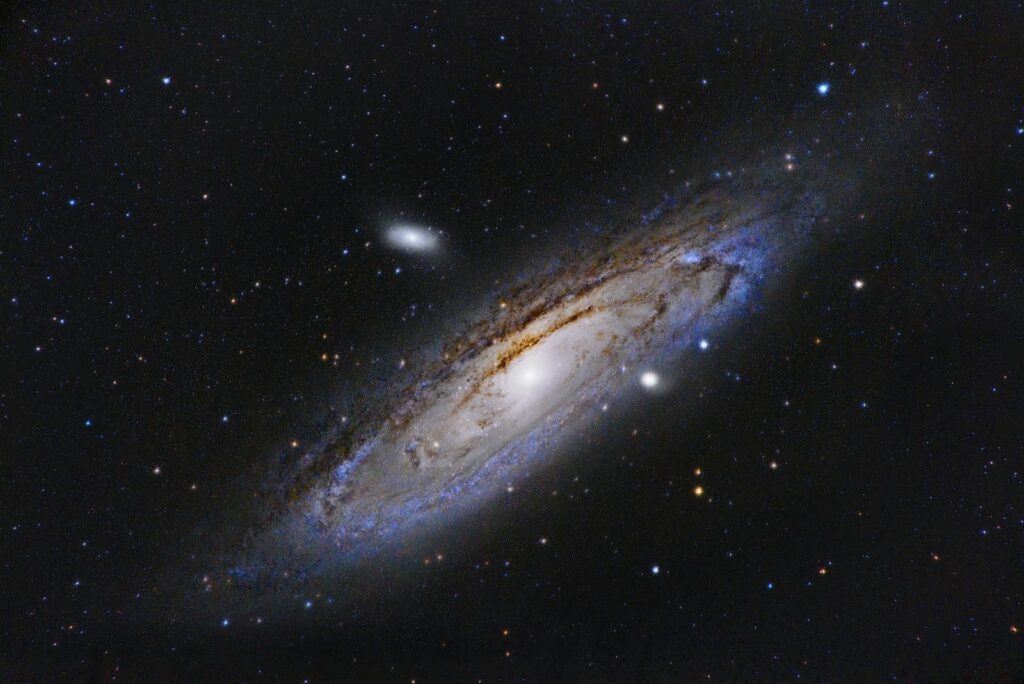
5. **T Tauri and Herbig Ae/Be Stars: The Energetic Youth of Celestial Bodies**Once a protostar has started to really take shape, it enters a particularly energetic and dynamic phase of its infancy. Astronomers categorize these early stars based on their mass. Those with “less than 2 M☉” (that’s solar masses, folks!) are known as “T Tauri stars.” If they’re a bit heftier, with “greater mass,” they’re called “Herbig Ae/Be stars.” Both types are still in their pre-main-sequence stage, brimming with youthful cosmic vigor.
One of the most dramatic features of these newly formed stars is their penchant for throwing cosmic tantrums. They often “emit jets of gas along their axis of rotation.” Imagine powerful beams of material shooting out into space from their poles! These jets are super important because they “may reduce the angular momentum of the collapsing star,” essentially helping it slow down its spin enough to stabilize. As a bonus, these jets can also create “small patches of nebulosity known as Herbig–Haro objects,” which are visually stunning glowing knots of gas.
These powerful jets, in combination with “radiation from nearby massive stars,” actually play a crucial role in clearing out the cosmic neighborhood. They “may help to drive away the surrounding cloud from which the star was formed.” This is like a baby star tidying up its own nursery, making space for itself to truly shine. It’s a testament to the incredible forces at play even in a star’s earliest days.
During their development, these young stars follow distinct evolutionary paths on what astronomers call stellar tracks. Less massive “T Tauri stars follow the Hayashi track,” which sees them contracting and decreasing in luminosity while surprisingly maintaining “roughly the same temperature.” More massive stars, however, take a different route, turning onto the “Henyey track.” These tracks are like developmental roadmaps, guiding stars toward their adult lives on the main sequence.

6. **The Main Sequence: When Stars Get Down to Business (Hydrogen Fusion)**After all that dramatic formation and energetic youth, a star settles into the longest and most stable phase of its life: the main sequence. This is where stars truly get down to business, spending a whopping “90% of their lifetimes fusing hydrogen into helium” deep within their cores. Think of it as their prime working years, where they’re consistently producing energy through these “high-temperature-and-pressure reactions.”
Stars in this stage are often referred to as “dwarf stars,” which might sound a bit misleading, as it includes our Sun! But don’t let the name fool you; these stars are vibrant powerhouses. From the moment they reach the “zero-age main sequence,” a subtle yet profound change begins. The “proportion of helium in a star’s core will steadily increase,” a direct result of all that hydrogen fusion. This, in turn, causes “the rate of nuclear fusion at the core to slowly increase,” along with the star’s “temperature and luminosity.”
Our Sun is a fantastic example of a main sequence star in action. As we mentioned earlier, it’s estimated to have “increased in luminosity by about 40%” since it first embarked on its main sequence journey “4.6 billion (4.6×10^9) years ago.” This gradual brightening shows that even during its most stable phase, a star is a dynamic entity, slowly but surely transforming its internal structure. It’s a testament to the incredible efficiency of nuclear fusion.
The length of time a star hangs out on the main sequence is primarily a balancing act between two factors: “the amount of fuel it has and the rate at which it fuses it.” Massive stars, despite having more fuel, are like gas-guzzling sports cars; they burn through their reserves incredibly fast, making them “short-lived.” Low-mass stars, on the other hand, are the slow-and-steady marathon runners of the cosmos. They “consume their fuel very slowly,” allowing them to last for trillions of years!
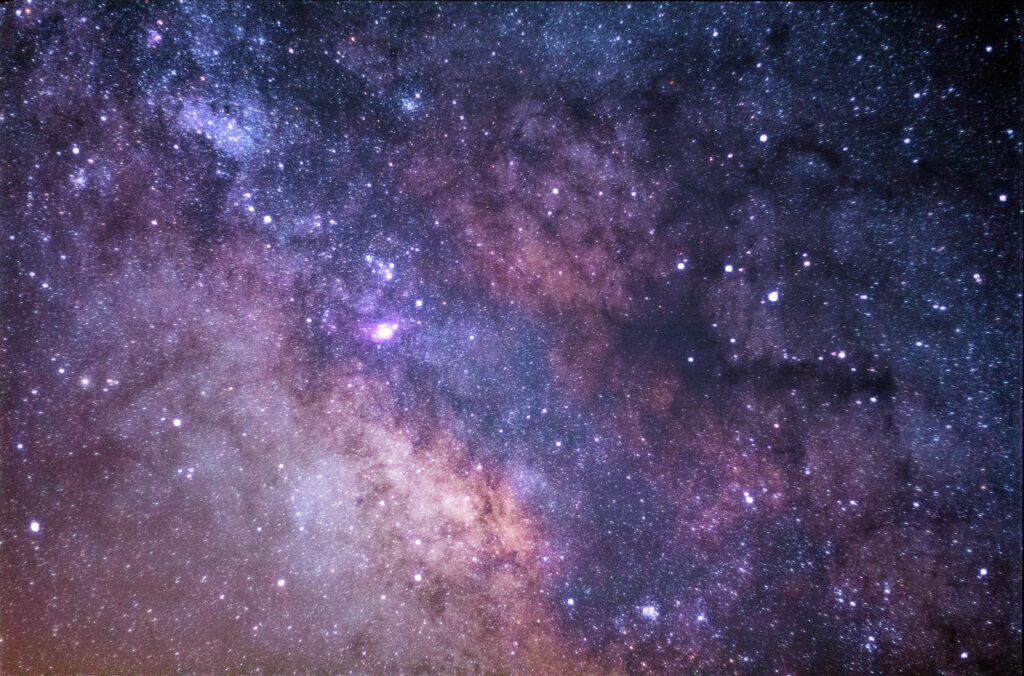
7. **The Stellar Wind and Mass Loss: Tiny Whispers, Big Impact**Even while humming along happily on the main sequence, stars are not entirely self-contained. Every star, including our Sun, generates a continuous “stellar wind of particles.” This is essentially a “continual outflow of gas into space,” like a gentle but constant breath exhaled by the star. For most stars, especially those like our Sun, the amount of mass lost through this process is surprisingly small and generally considered “negligible.”
Let’s put that into perspective with our Sun. Our star “loses 10^-14 M☉ every year,” where M☉ stands for one solar mass. That might sound like a lot, but over its entire lifespan, it only amounts to “about 0.01% of its total mass.” It’s like losing a single grain of sand from a massive beach over billions of years – barely a blip on the cosmic radar.
However, for the true behemoths of the stellar world – the “very massive stars” – this stellar wind becomes a much more significant force. These cosmic titans can “lose 10^-7 to 10^-5 M☉ each year.” Now, that’s a considerable amount of material! Such substantial mass loss can “significantly affecting their evolution,” altering their path through space and time in profound ways.
In some extreme cases, the mass loss is absolutely staggering. Stars that initially start their lives with “more than 50 M☉” can actually “lose over half their total mass while on the main sequence.” Imagine a star shedding more than half of its entire being just by exhaling! This process isn’t just a side note; it’s a critical factor in how these giant stars evolve and eventually meet their spectacular ends, enriching the interstellar medium along the way. Mass loss is a subtle yet powerful force shaping the destiny of the most colossal stars.
Okay, space explorers, if you thought the birth and youth of stars were mind-blowing, prepare yourselves! The later acts of their cosmic dramas are even more spectacular. We’re talking about stars that ditch their main-sequence lives to puff up into colossal red giants, or those that go out with a bang in supernovae explosions, leaving behind some of the most bizarre and powerful objects in the universe. It’s a wild ride, so let’s dive into the dramatic destinies of these celestial titans!
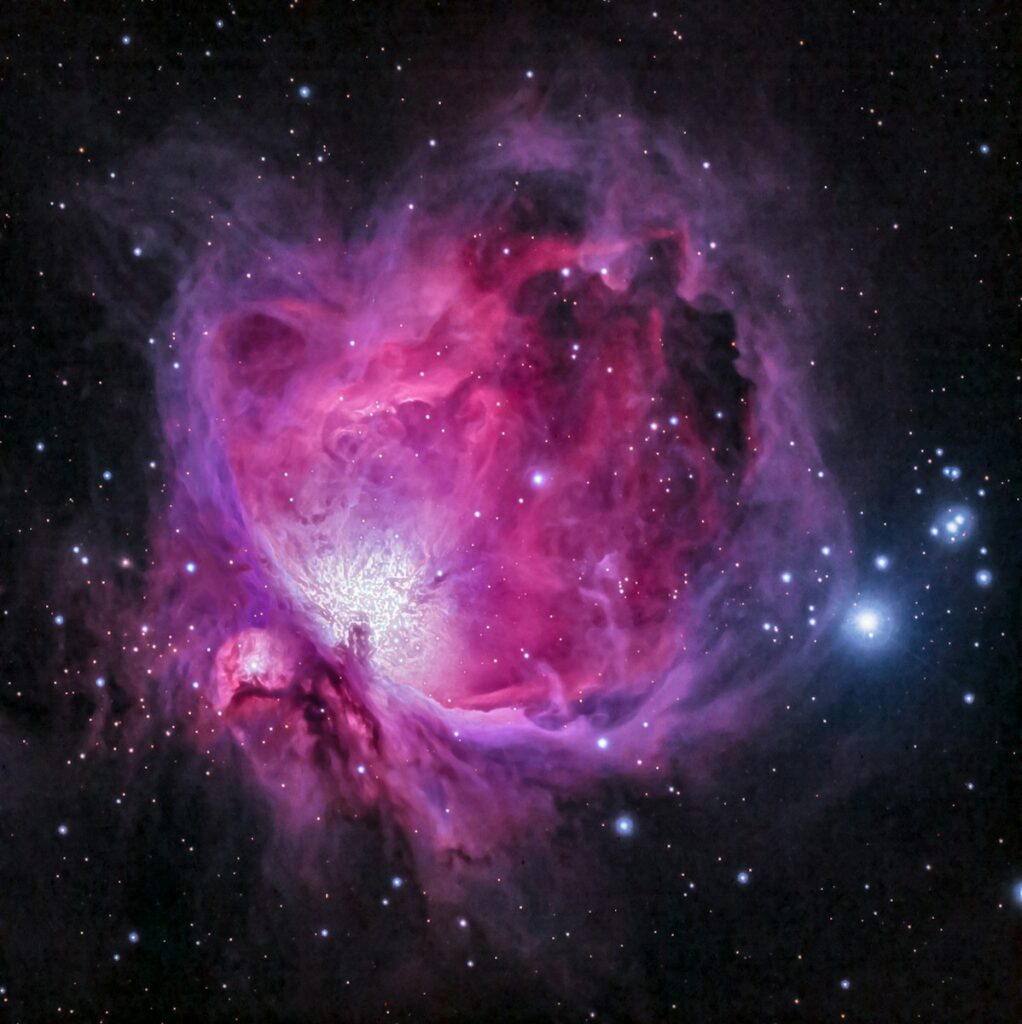
8. **Post-Main Sequence: The Red Giant Phase – When Stars Get REALLY Big**So, what happens when a star like our Sun runs out of its core hydrogen fuel after billions of years? Things get pretty dramatic! Once the hydrogen supply at the core is exhausted, stars of at least 0.4 solar masses (0.4 M☉!) start fusing hydrogen in a shell *surrounding* their now-inert helium core. This shift has massive consequences for the star’s appearance and internal structure.
The outer layers of the star respond by expanding outward and cooling down significantly. What was once a stable main-sequence star transitions into a magnificent, albeit temporary, red giant. These stars become truly enormous, often throwing off part of their mass, now enriched with cooked-up heavier elements, back into the vast interstellar environment. This material then becomes the raw ingredients for the next generation of cosmic wonders, a true act of universal recycling!
Our very own Sun is slated for this fiery future in about 5 billion years. When it enters its helium-burning phase, it will swell up to an incredible maximum radius of roughly one astronomical unit (150 million kilometers), 250 times its present size! This expansion could encompass the orbits of Mercury and Venus, and perhaps even Earth itself. During this colossal growth, it will also lose a significant chunk of its current mass—around 30%.
For stars up to 2.25 M☉, the helium core actually becomes degenerate before helium fusion kicks in. When the temperature climbs high enough, core helium fusion begins explosively in a spectacular event known as a ‘helium flash.’ This burst of energy causes the star to rapidly shrink in radius, increase its surface temperature, and then settle onto the horizontal branch of the Hertzsprung-Russell diagram. More massive stars, on the other hand, manage to get their helium core fusion started *before* the core becomes degenerate, spending an extended period in what’s called the ‘red clump’ before moving to the horizontal branch.
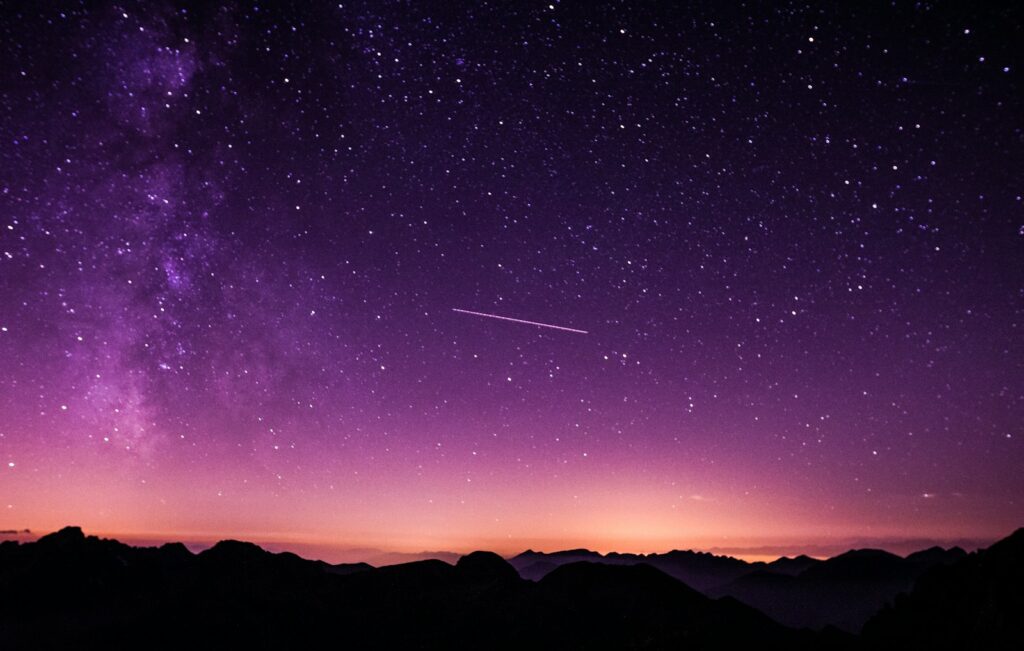
9. **Asymptotic Giant Branch (AGB): The Final Curtain for Many Stars**After a star has fused all the helium in its core, its journey isn’t over yet! It then enters another fascinating, temporary stage where it begins fusing helium along a shell that surrounds its now-hot carbon core. This evolutionary path is known as the ‘asymptotic giant branch’ or AGB. It parallels the earlier red-giant stage but with an even higher luminosity – a real show-off before its grand exit.
During the AGB phase, stars aren’t just steadily shining; they undergo dramatic ‘thermal pulses’ caused by instabilities within their core. Imagine a star having periodic cosmic hiccups! In these pulses, the star’s luminosity wildly varies, and crucially, it violently ejects vast amounts of matter from its atmosphere. This incredible mass loss eventually leads to the formation of one of the universe’s most beautiful and ethereal sights: a ‘planetary nebula.’ (No, not actually planets, but still pretty!).
And get this: a star can shed an astonishing ’50 to 70% of its mass’ during this process! This ejected material is a big deal because it’s ‘enriched with the fusion products dredged up from the core.’ So, these stunning planetary nebulae become cosmic factories, brimming with elements like carbon and oxygen. Eventually, the planetary nebula disperses, enriching the entire interstellar medium with these crucial building blocks. It truly means that ‘future generations of stars are made of the ‘star stuff’ from past stars,’ including, quite literally, the stuff that makes us!

10. **The Lives of Massive Stars: Supergiants and the Onion-Layer Core**Now, let’s talk about the true heavyweights of the cosmos—stars more than 9 solar masses! Their post-main sequence lives are even more intense. During their helium-burning phase, these colossal stars expand, first becoming a magnificent ‘blue supergiant’ and then transitioning into an even larger ‘red supergiant.’ These stars are absolutely gargantuan, dwarfing even our future red giant Sun!
However, there’s a cosmic twist for the *most* massive stars, those ‘exceeding 40 solar masses.’ Stars like Alnilam (of Orion’s Belt fame!) don’t become red supergiants due to incredibly high mass loss. Instead, they might evolve into a ‘Wolf–Rayet star,’ a whole other level of stellar drama. These stars are characterized by spectra dominated by emission lines of elements heavier than hydrogen, which have reached the surface through ‘strong convection and intense mass loss, or from stripping of the outer layers.’
The fusion journey inside these massive stars doesn’t stop at helium. When helium is exhausted at the core, it contracts, and the temperature and pressure skyrocket high enough to ‘fuse carbon’ in the ‘carbon-burning process.’ This continues through successive stages, fueling fusion of ‘neon,’ ‘oxygen,’ and ‘silicon.’ Near the very end of such a star’s life, fusion occurs along a series of ‘onion-layer shells’ within its core. Each layer fuses a different element, with hydrogen in the outermost shell, helium in the next, and so forth, right down to the heavy stuff at the center!
But there’s a cosmic limit to this elemental alchemy. The final stage of fusion occurs when they start producing ‘iron.’ Here’s the kicker: iron nuclei are ‘more tightly bound than any heavier nuclei.’ This means any fusion beyond iron actually *requires* energy rather than releasing it, putting a definitive end to the star’s energy-generating life. It’s a cosmic dead end, setting the stage for the most spectacular stellar finale of all.
Read more about: The Enduring Saga of Stars: From Nebulous Origins to Cosmic Remnants
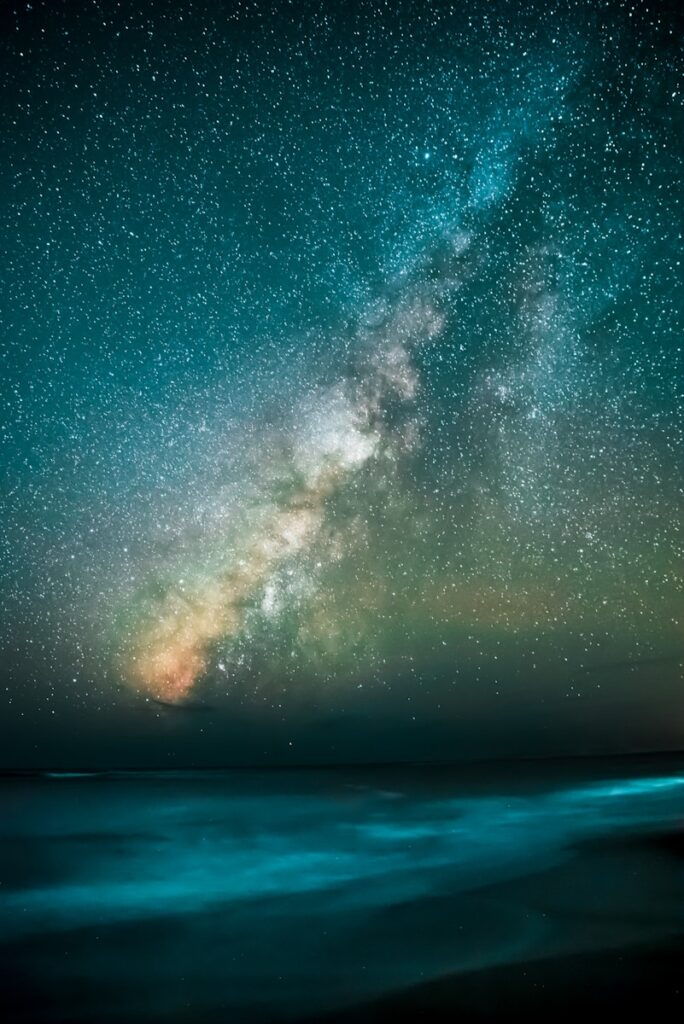
11. **The End for Low-Mass Stars: White Dwarfs – Faded Glories**So, what’s the ultimate fate for stars not quite massive enough to go supernova? For stars like our Sun, after shedding their outer layers as a beautiful planetary nebula, their core continues to shrink. The intense radiation pressure from this shrinking core blasts away those outer layers of gas. If the remaining core is ‘less than roughly 1.4 M☉,’ it has a very specific destiny.
It will eventually contract down to a relatively tiny, super-dense object, about the size of Earth: a ‘white dwarf’! These fascinating stellar remnants are incredibly compact, but they ‘lack the mass for further gravitational compression to take place.’ They’ve hit a cosmic wall, where gravity can’t squeeze them any tighter.
The matter inside a white dwarf isn’t plasma; it’s ‘electron-degenerate matter.’ Electrons are packed so tightly they resist further compression, preventing collapse. Over an unimaginably long period, these white dwarfs will slowly cool and fade, becoming ‘black dwarfs.’ Fun fact: the universe isn’t old enough for any black dwarfs to exist yet!
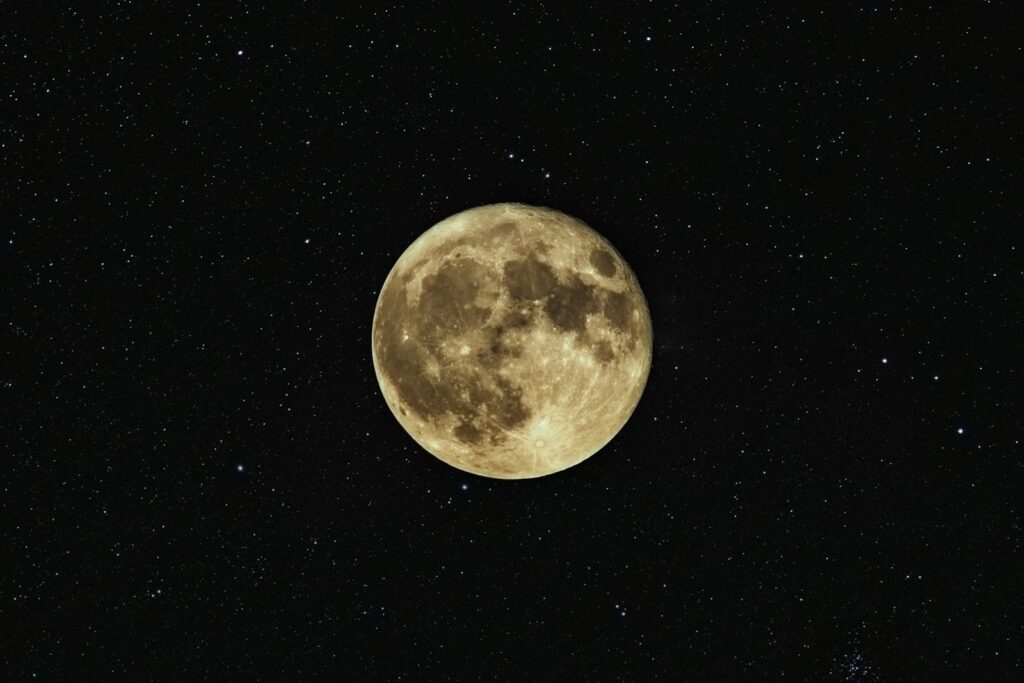
12. **The Catastrophic End: Supernovae Explosions – The Universe’s Fireworks**If a star is truly massive, its ending is anything but quiet. When the iron core of a massive star exceeds ‘more than 1.4 M☉,’ it can no longer support its own immense mass. This is where the universe throws its most spectacular, violent explosion.
The core suddenly collapses with incredible speed and force. During this rapid collapse, electrons are literally ‘driven into its protons, forming neutrons, neutrinos, and gamma rays’ in a ferocious burst of ‘electron capture and inverse beta decay.’ The sheer, unimaginable pressure! This cataclysmic collapse generates an enormous ‘shockwave’ that blasts outwards, causing the entire rest of the star to explode in a ‘supernova.’
And let me tell you, when a supernova goes off, it is *bright*. It can ‘briefly outshine the star’s entire home galaxy’! Historically, when these cosmic fireworks occurred within our Milky Way, ancient observers often saw them as ‘new stars’ suddenly appearing where none had been before. It’s a reminder of the raw, untamed power of the cosmos.
Read more about: Unlocking the Cosmos: 14 Incredible Star Facts That Are Out of This World!

13. **Cosmic Remnants: Neutron Stars and Black Holes – The Universe’s Extremes**After a star has literally blown itself to smithereens in a supernova explosion, what’s left behind? The supernova blasts away the star’s outer layers, leaving a beautiful, expanding cloud like the ‘Crab Nebula.’ But at the heart of that explosion, something even more astonishing remains: the super-compressed core.
For many massive stars, this core is crushed into an incredibly dense object called a ‘neutron star.’ Imagine an object with the mass of our Sun, squeezed down to the size of a city—that’s how dense a neutron star is! The matter inside is ‘neutron-degenerate matter,’ where protons and electrons have become neutrons. Sometimes, these neutron stars spin incredibly fast, emitting beams of radiation we detect as ‘pulsars’ or ‘X-ray bursters.’ They’re like cosmic lighthouses!
But what if the star was truly, extraordinarily massive? In these cases, the remnant after the supernova explosion is something even more enigmatic and terrifying: a ‘black hole,’ with a mass greater than 4 M☉. These aren’t just dense; they’re regions where gravity is so incredibly strong that ‘nothing, not even light, can escape.’ It’s the ultimate cosmic trap, a silent, all-consuming void.
14. **The Cosmic Forge: Nucleosynthesis and Element Creation – We Are Stardust!**You know how we keep talking about stars cooking up heavier elements? This process, ‘stellar nucleosynthesis,’ is fundamental to everything around us. Happening within stars and their remnants, it’s the universe’s alchemist’s lab, creating ‘almost all naturally occurring chemical elements heavier than lithium.’ Pretty much everything that isn’t hydrogen, helium, or a tiny bit of lithium was forged in a star!
And it doesn’t stop there! When stars experience ‘mass loss’ or explode in ‘supernova explosions,’ they ‘return chemically enriched material to the interstellar medium.’ This isn’t just cosmic litter; it’s vital. These precious elements are then ‘recycled into new stars’ and, crucially, into things like planets and eventually, life forms.
Think about those planetary nebulae. The material ejected from AGB stars is ‘enriched with the fusion products dredged up from the core,’ like carbon and oxygen. When these nebulae disperse, they ‘enrich the general interstellar medium.’ It’s a beautiful, continuous cycle where ‘future generations of stars are made of the ‘star stuff’ from past stars.’ This cosmic legacy isn’t just about pretty lights; these ‘heavy elements allow the formation of rocky planets’—like our Earth! So, next time you look at your hand, remember, you’re literally made of stardust. How cool is that?!
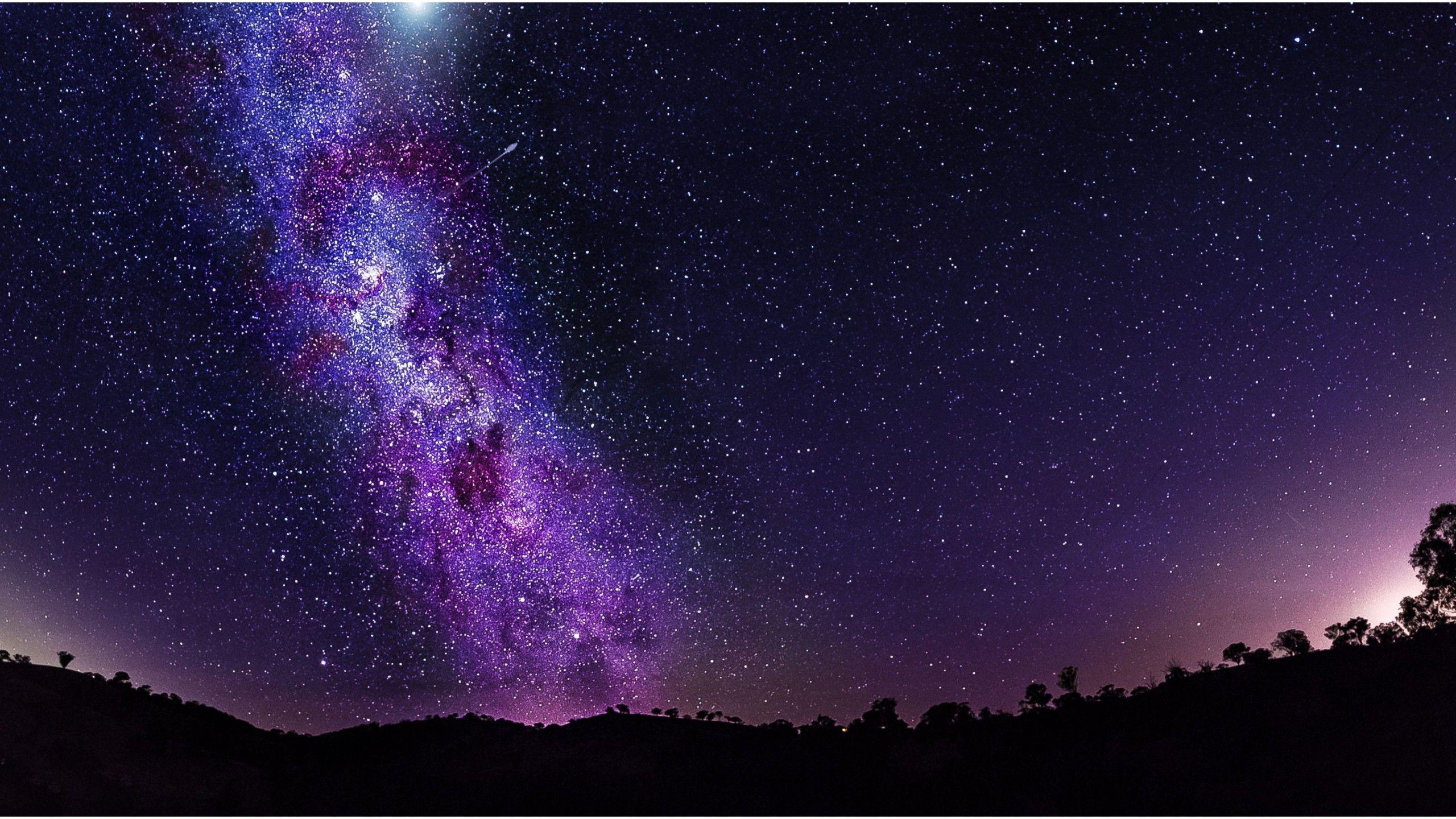
15. **Stars in Company: Multi-Star Systems and Cosmic Clusters – Friends in High Places**Alright, one last cosmic truth bomb: stars are rarely loners! They’re definitely ‘not spread uniformly’ but are almost always ‘grouped into galaxies.’ A typical large galaxy, like our Milky Way, is home to ‘hundreds of billions of stars.’ And there are ‘more than 2 trillion galaxies’ out there, though most are smaller than our own cosmic island. It’s an immense cosmic neighborhood!
To wrap your head around the total number, there are likely ‘between 10^22 and 10^24 stars’ in the observable universe. That’s ‘more stars than all the grains of sand on planet Earth’! While most stars cozy up inside galaxies, a surprising ’10 to 50% of the starlight in large galaxy clusters may come from stars outside of any galaxy,’ wandering between galactic behemoths.
Even within a galaxy, stars love company! Many are part of ‘multi-star systems’—two or more gravitationally bound stars orbiting each other. The simplest and most common is a ‘binary star’ system, but systems of three or more exist. For stability, these multi-star systems are often ‘organized into hierarchical sets of binary stars’—like a cosmic family tree! Larger gatherings are called ‘star clusters,’ ranging from ‘loose stellar associations’ to ‘open clusters’ (dozens to thousands) and ‘globular clusters’ (hundreds of thousands!). All these systems orbit their host galaxy. Stars in a cluster ‘all formed from the same giant molecular cloud,’ so they generally share ‘similar ages and compositions.’
It turns out that ‘many stars are observed, and most or all may have originally formed in gravitationally bound, multiple-star systems.’ This is especially true for ‘very massive O and B class stars,’ with ‘80% of which are believed to be part of multiple-star systems.’ The proportion of single star systems increases with decreasing mass: ‘only 25% of red dwarfs are known to have stellar companions.’ Since ‘85% of all stars are red dwarfs,’ it means ‘more than two thirds of stars in the Milky Way are likely single red dwarfs.’ A 2017 study even suggested ‘most of the newly formed stars are in binary systems,’ with some eventually breaking apart. So, while our Sun is a single star, it might just be the exception!
Wrapping up our journey through the dazzling lives of stars, it’s clear these celestial powerhouses are far more than just distant twinkles in the night sky. From their dramatic births to their spectacular, sometimes violent, finales, stars are the universe’s ultimate architects. They forge the very elements that make up planets, provide essential light and heat for life, and organize themselves into the breathtaking structures of galaxies and clusters that paint our cosmos. Every star plays a vital role in the grand, ongoing saga of cosmic creation and evolution, continually enriching the universe and reminding us of our profound connection to the ‘star stuff’ that lights up the heavens. It’s an incredible story, and we’re all a part of it!

